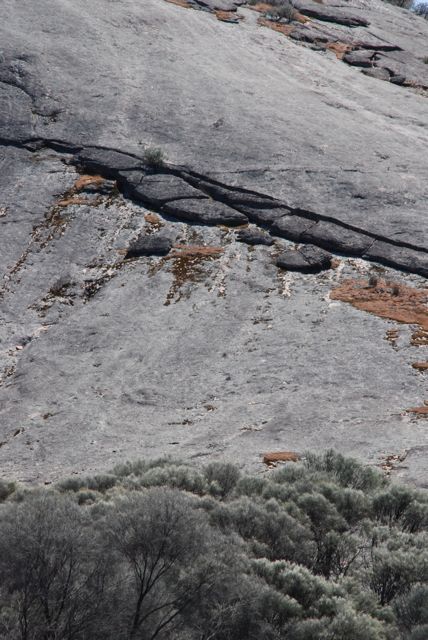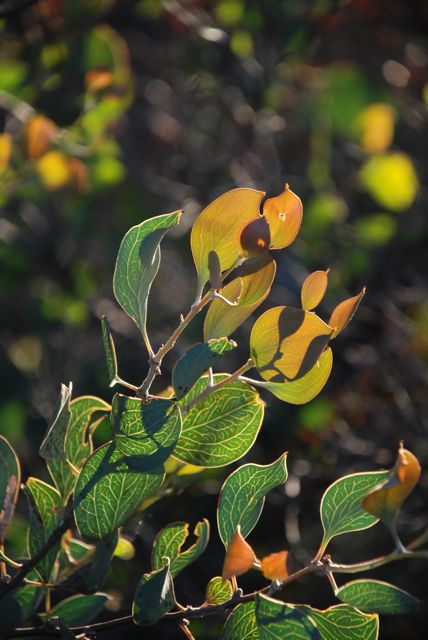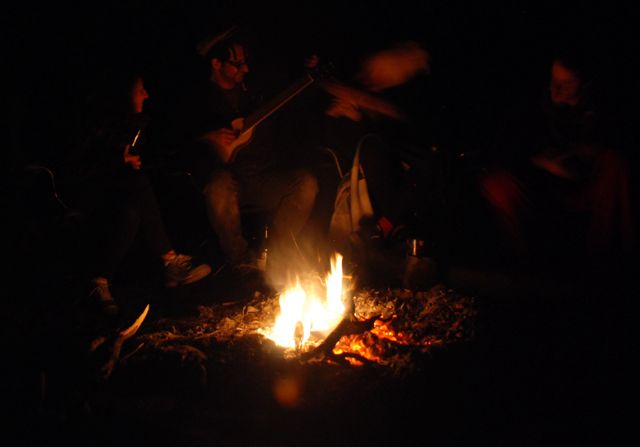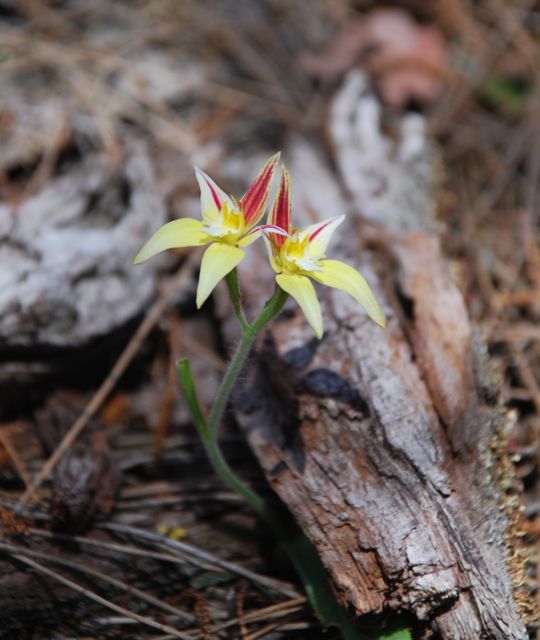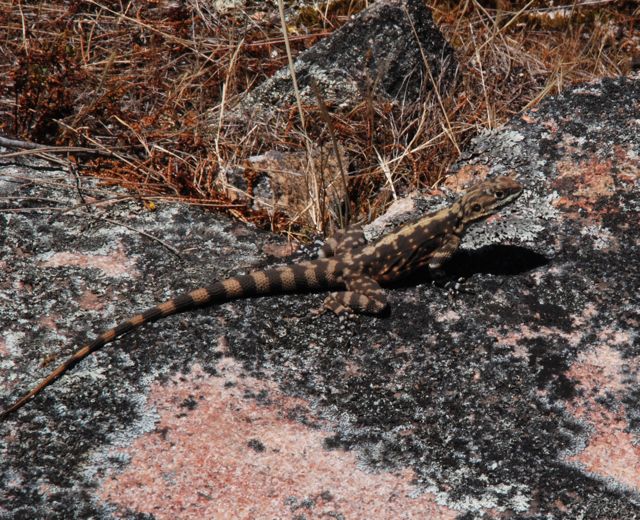Today I’ve returned from Boyagin Rock, a huge granite monolith 140kms east of here. I camped there last night with some friends. Going there is like slipping through the mosaic of environmental devastation in the wheatbelt into a land that has escaped whipping. It is a journey into how much of southern Western Australia has looked for thousands and hundreds of thousands of years. It is an arid and ancient land of crushingly cold night and punishingly hot days where life must be highly adapted to survive.
Last night we sat around the fire and talked, enjoying the warmth of the fire on my legs as the temperature started its nightly descent.
This morning I woke in my tent and got out into the sunshine and a cold southerly. Bird song and scouringly bright light. I walked behind the tent through a grove of sheoaks and up a large and tilting granite slab to the west. On the top side of this slab the sheoaks began again and I walked into the trees, raising my legs here and there to pass over fallen trees and branches. I came upon a clearing full of white and pink flowers, their petals having seen better days I concluded that they must be everlastings on the elegiac end of their season. I stopped, turned around, and looked out through the trunks of the sheoaks on the valley beyond, over the wind-swept sheoak tops and the heaths to a granite face on the other side of the valley. I felt good, having left the chatter of my friends behind me back at the campsite and able to concentrate fully on the spirit of this forgotten place.
An orchid brings a flicker of colour to the somber tones of the woodland…
The last time I was here was in 1986 when I came here with my parents and their friends to watch the passing of Halley’s Comet. I was eight years old. I thought back past this time as I stood amongst the sheoaks to the time before that Halley’s Comet had passed by in 1910 – this view would have looked the same. The same when it came close in 1835. The same grey sheen of the sheoak’s foliage when the comet was recorded as being observed by humans in 1682. And onwards backwards through human history at least. This place is a refuge for biological species unknown to you or I. On the top of the monolith I bumped into Grant Wardell-Johnson, who I happened to have interviewed on refugia for plant species in the south-west of Australia in the context of global climate heating (on RTR 92.1FM’s show Understorey, 17 March 2009). What’s going to happen next? Will this island of life weather the changing times the future brings? Grant will be one of the first people to be able to answer these questions. Maybe I’ll return to Boyagin Rock in 2061 when the famous comet next passes through the inner solar system. What will live here then?
All kinds of folk were out enjoying the rock on this day. Next I bumped into Ctenophorus ornatus, the ornate crevice-dragon, bobbing his head at me and then scattering frantically into shadowy hiding. Deep time didn’t concern this feisty denizen of old stone.
